Every day takes too much thought. – Gwen Meharg
Gwen left this comment in our private community. I was struck by her insight because I had been reading about this at the time. Decision fatigue is a real phenomenon in contemporary society that wreaks havoc on our productivity.
According to researchers, we make over 200 decisions per day about food alone. Just food decisions! I don’t know about you, but all of these decisions wear Gwen and me out.

As an example, a number of years ago I spent 3 months researching espresso machines—dreaming of holding the perfect cup of coffee while pecking out some brilliance on these keys. But I could never bring myself to click the button to buy. I was too overwhelmed by all of the choices.
Researchers know that we grow increasingly indecisive as the day wears on. We begin to act impulsively and look for shortcuts. For me, this fatigue shows up in a single phrase that I repeat often when I’m tired of making decisions: I don’t care.
I don’t care whether the espresso machine is chrome or black or polka-dotted. I don’t care if it grinds its own beans or I have to use a separate grinder. I don’t care if … You get the picture.
While I truly don’t care in the moment, the wrong choice could lead to a bad case of buyer’s remorse. Not. Good.
My husband took me out of my misery. He selected an espresso machine, bought it, wrapped it, and put it under the tree. Best. Gift. Ever. No decision (on my part) was required.
Don’t get me started on making travel reservations. I can’t stand to make plane reservations or to find a hotel. What if I book “the wrong” flight or land at the wrong airport? Don’t laugh. I did this when I was confused about a small airport name, and it cost me a lot of extra driving time. WTH?
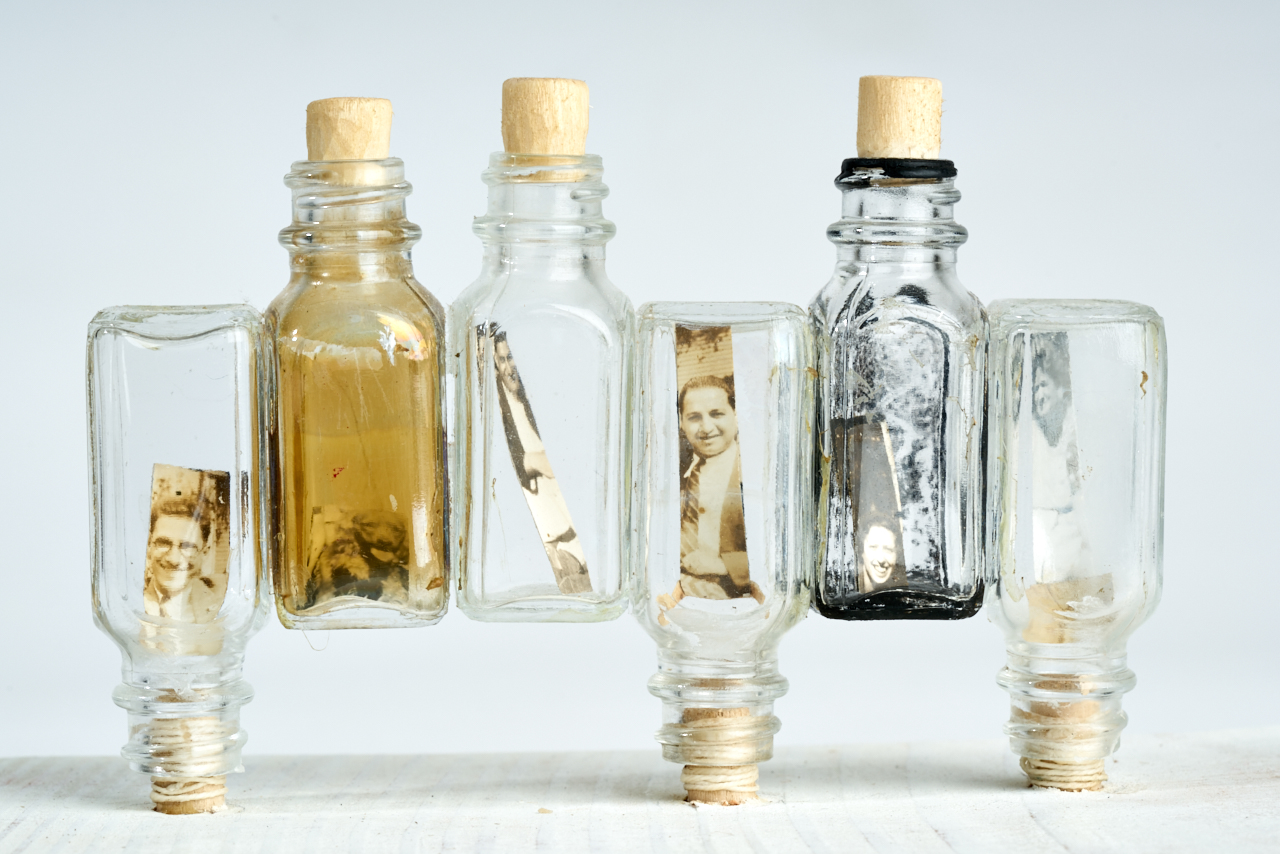
I contend that we’re happier when we have fewer decisions to make, and that we’re better with the important decisions if we don’t spend time on the little ones. That’s why I’m encouraging you to create routines, automate as much as you can, and turn repeated tasks into systems so you don’t wear out your decision motor.
What can you do without thinking? Consider the following.
Time Management
Preparing for your day.
There’s a better way to start your day than jumping out of bed and checking email messages before doing anything else. It’s worse yet if you’re checking email while still in bed.
Develop a morning routine that sets the tone for the entire day.
Ending your day.
There’s no better way to get a good night’s sleep than to create space between your work, chores, and hectic evening. Here are some suggestions:
- Plan the next day, making sure you’ve captured all of your to-dos.
- Step away from all digital screens at least one hour before going to bed.
- Stretch.
- Meditate or write in your journal.
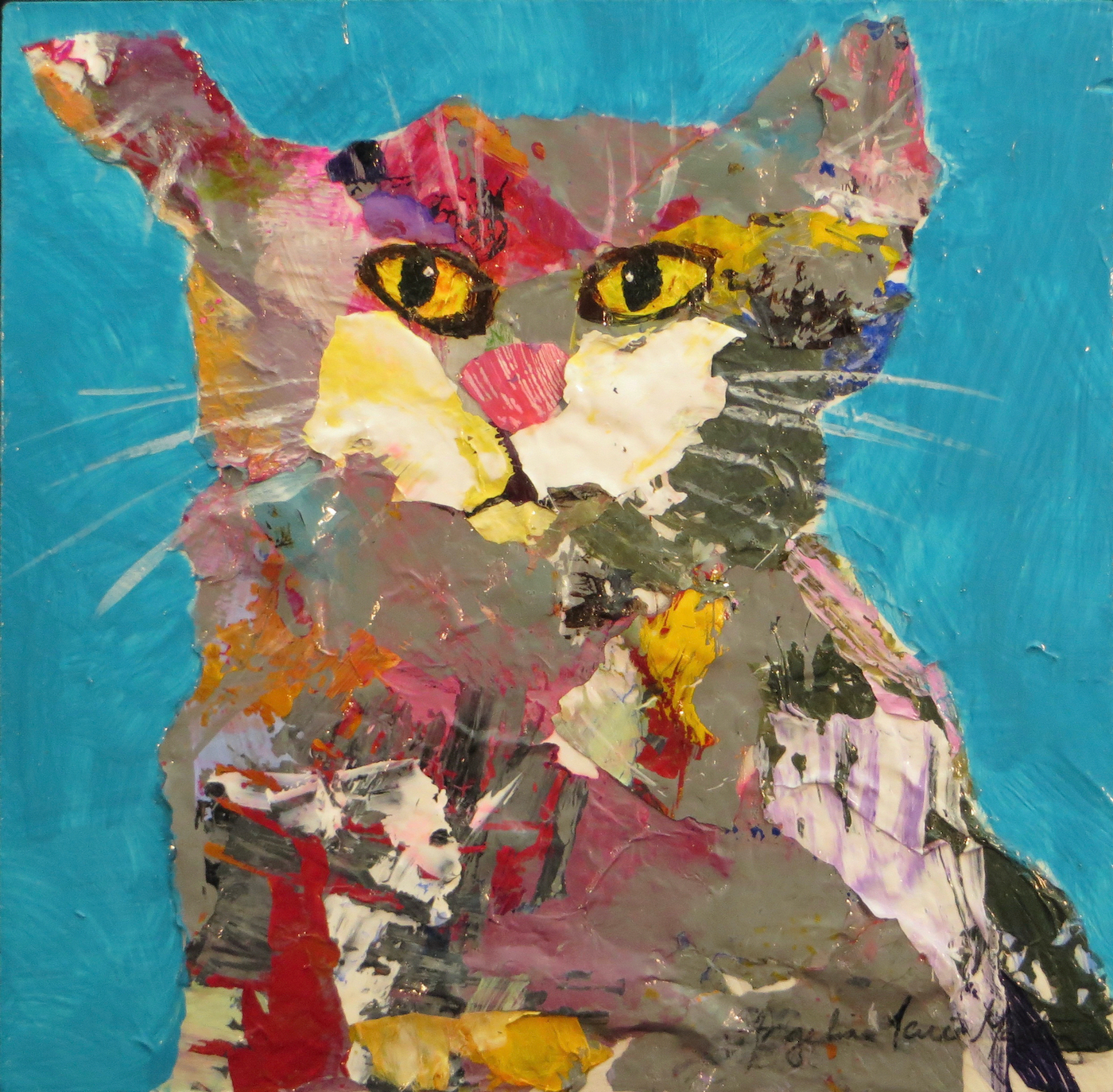
Art and Service Sales
Sending thank-you emails.
When someone signs up for your list or one of your classes, they should receive an email with your gratitude. Set up autoresponders in your sales process to take care of this for you.
Suggestion: Subscribe yourself to make sure you know what they’re getting. Even if it’s automated, you still want it to feel personal.
Responding to donation requests.
Every artist should have a policy for handling requests for donations of their art that triggers subsequent steps.
You receive a request, and, because you have a policy in place, you know whether it’s worth entertaining or you can say No outright. You have a standard reply instead of spending time deciding what to say.
[ Limits for Donating Your Art ]
Completing a work of art.
There are certain things that must be done when you finish a work. You sign it, give it a title, add it to your inventory, and photograph it.
What else is part of your routine after a work is finished? Write your procedure down and refer to it after you complete a new work.
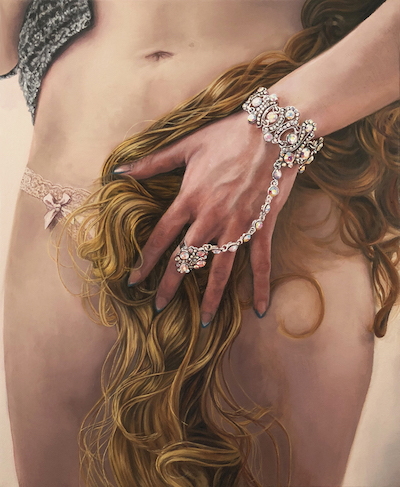
Packing and shipping your art.
When I used to receive online orders for hard copies of my book, they were automatically sent to my assistant on the other side of the country who prepared the shipping labels. We could go online, print the labels, and ship.
It was a small step in the process, but it saved loads of time.
What part of your packing and shipping can you automate or do without thinking?
Marketing
Following up with someone who buys a piece of art from you.
When someone buys a piece of art, when and how do they next hear from you? And then what? And then what? Turn it into a system so that you don’t waste time and energy trying to choose how you should stay in touch.
Is your system different if they buy online than if they buy in person?
Promoting a class, workshop, or other program.
Next time you teach or lead a program, write down everything you do to promote it. Do the same for subsequent events. You will soon have a replicable framework for promoting in the future.
Sure, they’ll be tweaked each time, but there will be numerous steps that don’t require a lot of brainpower.
Scheduling social media.
If you are devoted to regular posting on Instagram, Facebook, or Twitter, consider using a social media scheduler like Later, HootSuite, or Buffer. It’s not fully automated (you still have to do some of the work), but seeing your images and ideas in one place makes the decision about what to post seem that much less onerous.
Finances
Lucky you! Your finances can be automated in many ways. For example:
- Contributions to your retirement or savings account
- Notifications for low balances
- Reminders for payment deadlines
- Quarterly tax payments
- Balances on a credit card
Is it time to set up additional automation for handling your money?
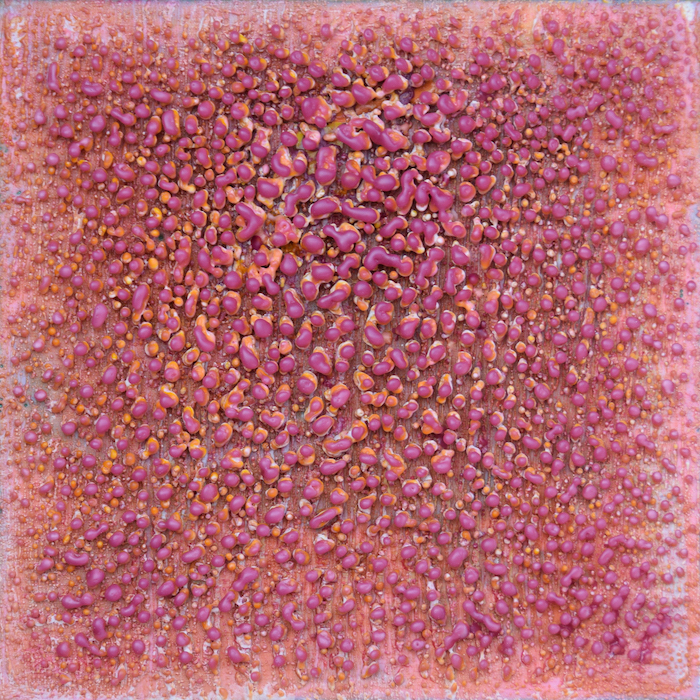
We still use that espresso machine every day, but it wasn’t my husband’s last research job. Whether he likes it or not, he continues to be tasked with making decisions about major appliances because I need to use my brain cells elsewhere. To date, he has selected, over time, an oven-stove (gas with 2 ovens, please), a dishwasher (I selected the brand and he did the rest), and the refrigerator (bottom freezer was my only demand).
If you have a significant other who can perform these tasks for you, congratulations! Throw a little more appreciation their way. If not, do whatever you can to lessen the negative impact of decision fatigue.
Reserve your energy for the important decisions required around making art and running a business.
What do you do without even thinking? What can you do without thinking?
In Context: The Capsule Wardrobe
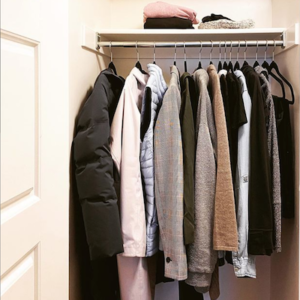
Have you discovered during quarantine that you need a lot fewer clothes than you thought you did?
Consider embracing the idea of a capsule wardrobe.
Susie Faux birthed this idea in the 1970s. A capsule wardrobe is built from a small number of simple, versatile pieces that can be mixed and matched. By deliberately limiting your closet selection, you eliminate many woes around what to wear.
[ How to Build a Capsule Wardrobe by Courtney Carver ]
Those Things You Never Get Around To
 I love how your challenges MAKE us do things on our list that we never seem to get to … and make it seem so much simpler! —Christine Aaron
I love how your challenges MAKE us do things on our list that we never seem to get to … and make it seem so much simpler! —Christine Aaron
Christine and other members of our community have been working on weekly challenges to improve photos and videos for marketing their art. I selected specific tasks that I knew were a stretch for many members, but all quite doable. At the end of the month, I’ll select a single person who participated most fully throughout the month to receive a complimentary consulting session with me. Up for a challenge or two?
This was originally published on September 8, 2016. It has been updated with original comments intact.

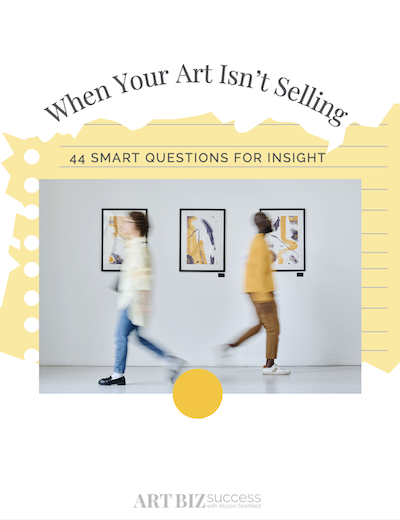

25 thoughts on “Overcome Decision Fatigue by Automating and Systematizing”
I loved your example about the expresso machine! It’s happened to us all since the internet espeically. I recently made art about too much choice (and therefore too many decisions) and it was partly inspired by this TED talk. Very enlightening if you can find the 15 minutes to watch!
http://www.ted.com/talks/barry_schwartz_on_the_paradox_of_choice
The TMI (too much information) series is on this page if you want to check it out:
http://www.kristenmwatson.com/digital-immigrant/
And as always, thanks Alyson for great solutions! 🙂
Kristen: Love it. And it presents a dilemma. Do I spend time watching a video on TMI ???
😉
A passage in the book Original Wisdom stated how indigineous children in a far away village in SE Asia could not comprehend a multiple choice test. People on this poor village never had to make choices because there were not any to make! I sometimes wonder if our brains have not caught up with all the info and choices that float by us on a daily basis.
Interesting, Jan!
I have definitely been lost in the decision-making process. When I feel myself going down that hole, I ask my husband or a good friend if they can help me out of it. Sometimes they’ll tell me it’s just not that important, but often they’ll quickly help me re-weigh the pros and cons, and I’ll be able to move on.
Recently I asked my husband to help me organize and decide re: my lengthy art business to-do list. I mean, it had been accumulating for a year and a half. What should I focus on first? It’s all important! But I was paralyzed.
He looked at the list and made these comments: Firstly, stop making lists. 😉 Secondly, just make art (I’ve begun in a new medium). Thirdly, stay in touch with the art consultants you already work with to promote your already finished pieces. Don’t worry about expanding your consultant or gallery contacts, or your e-mail list, or putting your art up on another site on-line, or anything else, at least for the next 6 months.
While this may put my business a little on hold, it is freeing me up to dive into the learning curve of a new medium, and to just simplify for now. It has not stopped me from reading your great posts, though! Learning never stops.
Thanks, Alyson.
Julia: How wonderful that you have his help. Give that guy a hug!
Another great post, Alyson. My morning routine is one that I never think about. I get up, have a bit of coffee, get dressed and immediately go for a hike with the dog. Being outside first thing is the best way for me to start my day. It happens before computer, before art, even before breakfast!
Thank you for featuring my art – I am honored that you shared my work.
Karine: Love your routine. And I’m honored to feature your art here.
AS I am still working at my ‘regular day’ job, I have different routines for those days and days I’m not driving to work. The evening before I prep my to-go bag that contains my timesheets, my reading materials, phone cord, and equipment. I make sure there is a lunch/snack for the following day—and hopefully have also filled my tank with diesel. When I get to work, I unpack my bag, clean the computer keyboard and any place I put my hands, plug in my phone–and maybe get a cup of coffee. Leaving work means unplugging phone, picking up lunch bag, repacking bag, getting timesheet signed and in folder.
When I end an art work day–I always close it up by leaving at a place where I know the next step; wind a bobbin, and organize my tools on the right side of my sewing machine. I can tell when someone else has sat in my workspace and moved my tools—I have major frownie face with this.
While working, I put all the materials for that project together–including threads, cartoon, reference photo. I may work on another project but robbing anything from that project is forbidden until it is completed and then the fabrics, threads are returned to their respective bins—I sort by color or function.
My grandfather was an accountant—and I guess I picked up the detail oriented work style from him. But I still lose things in the chaos that is my work area and then when I have a general cleanup because I’m stuck on something I’m always surprised by the goodies I find—including a needle threader I’d been hunting for months.
I love this, Sylvia! All of these tasks you can do without thinking.
I think the biggest problem is obsessing over the minutiae of life. As for internet research – I have done tons of it, being both the project manager and builder in my recent home renovation and the fact that I live in a remote location means all shopping gets done online. I like to do a reasonable amount of general research on a topic or product, then decide what criteria are important to me, then go looking. If something doesn’t meet all or most of my criteria it is quickly stricken off the list. No equivocating, no maybe……Be brutal and you’ll get exactly what you want, faster and with less hassle. Most importantly keep research/online shopping sessions time limited or you will end up going down a rabbit hole. As for the day to day – just stop overthinking it, in the end most of the choices we make have no real impact on our lives.
Wise words, Marta.
So much of what we read these days is all about making the Right Decision about every little thing. All advertising is about that and we are drowning in advertising. There are enough important decisions in our lives, and we have had enough experience with the consequences of bad choices that we know that there are a lot of times it pays to be really careful. For those of us just getting going in an art business or a new medium, a lot of it is too new to automate. For example, I spent weeks agonizing over whether to get my own mat cutter, then choosing it, then finding the courage to push the button and buy it already. I got a great deal, too. It arrived and now I’m too scared to pull it out of the box. Now that I have it, I really need to decide what kind of mat I should use, which has the best long term value for me and future collectors, etc. And since it’s easier just to go with one color, I have to choose a color. Fine. White. Did you know there are EIGHT different whites? And no samples to look at first. It’s terrifying. And once I get the mats, I should really settle on frames. Which frames? What size? What if people don’t like the ones that I like? And should my decision about frames affect my decision on what size paper to use for ALL of my paintings …. so I can automate better later? Should I get a little drill so I can do the strap wires myself? … and I haven’t even begun to think about shows and marketing. All these decisions really suck the fun out of the art. It’s much easier just to go the studio, do the art and let the stacks of paintings pile up. [No one should ever diss the amount of energy it takes to art and make it a business.]
Robin: Oh,my! Yes, so many whites. Here’s something to think about: Consider the mat as an extension of your piece. It’s how you want your work to be shown and appreciated. I hope this helps you make a decision and not worry about whether other people will like your white or not.
Oh Robin. I completely relate. I just bought frames for paintings — researched too long, then asked a friend what she used — and now that I have them, can’t decide if they’re perfect or take away from the art. But… I decided I had to just dive in. Sometimes you waste a little $ while you figure things out. Kind of like dating the wrong person helps you figure out what’s right!
What a great read! You’re so funny Alyson! I actually thought this might be a guest post – you seem like one of the most decisive people I know.
Planet Money did a story on making decisions – if I remember correctly – flipping a coin worked just as well as anything else.
My problem is having so many priorities that needed to be done yesterday. Sometimes I write each one on a separate piece of paper, fold them, toss ’em in a bowl and then pick one out. It’s very freeing – allowing you to forget the rest and just focus on what you picked. Kinda fun.
Thanks for your great blog!
Decisions, decisions. Too many choices, too much information overload. In fact, often too much sensory overload. I spend about fifteen minutes early in the morning while it is quiet, to make my list of things to do, including making decisions. I leave some flex time for those things that pop up, to try to ease the pressure. There are fewer distractions then. Once done, it frees me to do what needs to be done.
That’s a great system, Deborah.
This is an excellent set of musings. Decision making can be difficult but it helps to have starting parameters whenever possible. It helps to have a firm grasp of the desired results.
Now that I’m not caring for my Mother, (of blessed memory), I find decision making to be a lot less exhausting! Or maybe, a lot less often exhausting. I am also more often able to stop and put off a decision when I know I’m not up to the task.
As for encapsulating my wardrobe, this is one reason I love my saris and sarongs. Weight is not an issue and all I need to do to change the style is change the drape. And just have the tops I need to go with. That said, I really love clothing, jewelry, and footwear choices! the same thing over and over and over again (aside from studio wear) is just so uninteresting and uninspiring.
I think we need to pay attention to the decisions we enjoy making (clothing and jewelry for you) and those that exhaust us (appliances for me!).
A couple of years ago, I read the book “Original Wisdom” and a passage in that book has always stuck with me. There is an indigenous group of people in Malaysia who live in a very remote area and are extremely poor. At one point a psychologist who lived in Indonesia and spoke their language accompanied doctors who wanted to test the children. The test consisted of multiple choice questions. After the children were instructed how to perform the test, they did not proceed taking the test. It was discovered that the people in this village did not know how to make decisions of this type because there were never any choices to make.
I have lived outside of the US for 21 years. I believe North America is the only place where there are countless choices with regard to food, clothing, products, etc. Where I live, I might have to chose between 2 or 3 products. Sure makes life simpler.
Jan: Thank you for sharing that story. Fascinating!
The particular focus each month and the weekly challenges have been really helpful in keeping me on track, especially in these tumultuous times. As a result I have discovered and used new apps, experiemnted with taking a selfie, and discovered other ways to heighten my social media presence. may I just say though, the image up top was my first attemot and I got better results by the end of the week!
I think it’s a good one!
I loved your new blog about decision fatigue. I am just finishing an audiobook by Joseph Ferrari entitled “Still Procrastinating?” He has a chapter about what he calls DPs- Decision Procrastinators. That is the chapter that I definitely fit into and you might enjoy reading it. He says two things that interested me: one is that decision procrastinators commonly come from families where the mother is indecisive and the father is cold and demanding. It is a type of coping mechanism. Number two: there are people who he calls indecisive and people who he calls decisive (not all are procrastinators.) He believes the indecisives need to increase their decision making muscles by making a lot of small easy decisions. Then they get less tired making decisions as the day goes on. Apparently people who are decisive love making decisions 24-7! Hard to imagine!